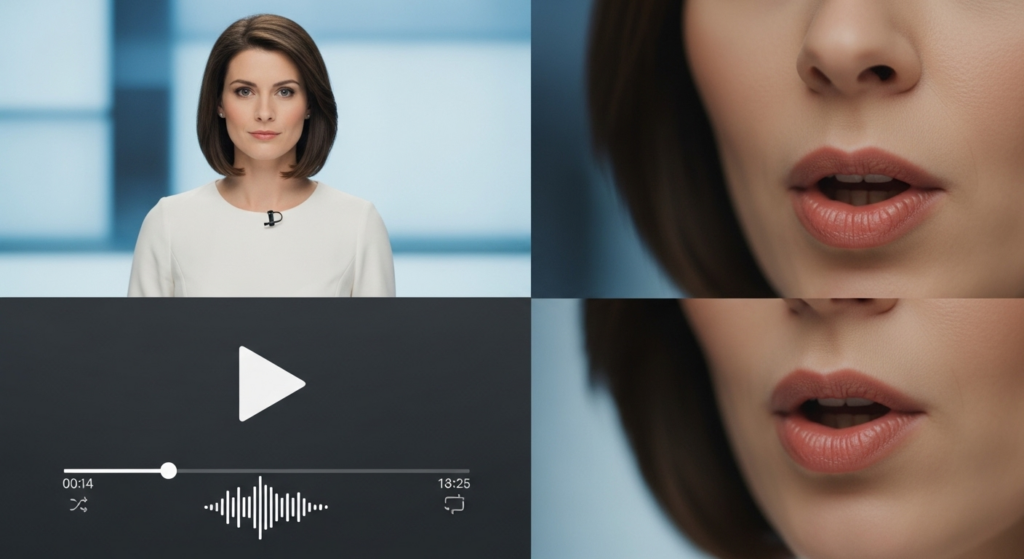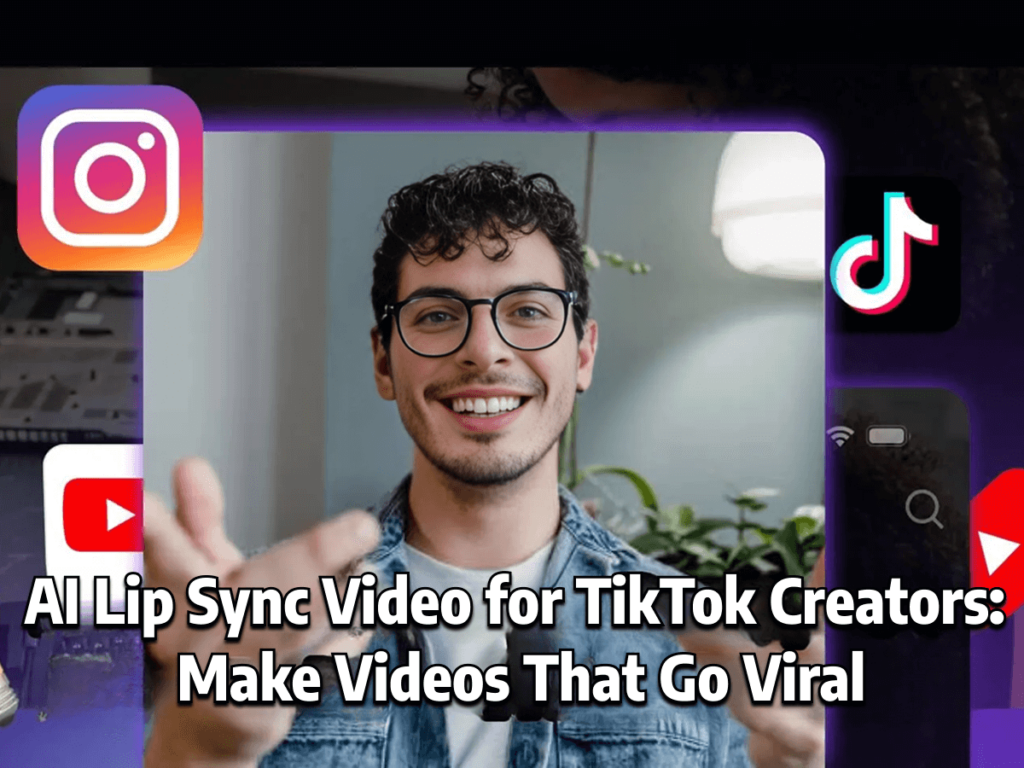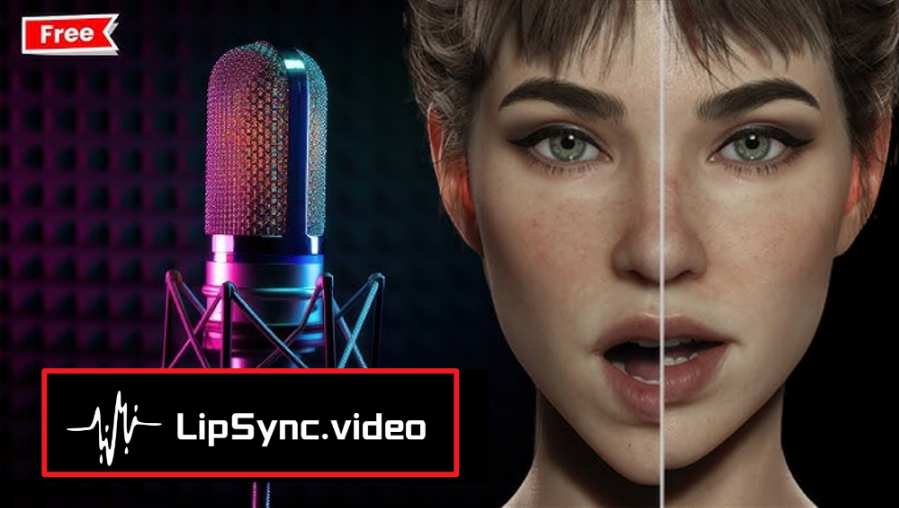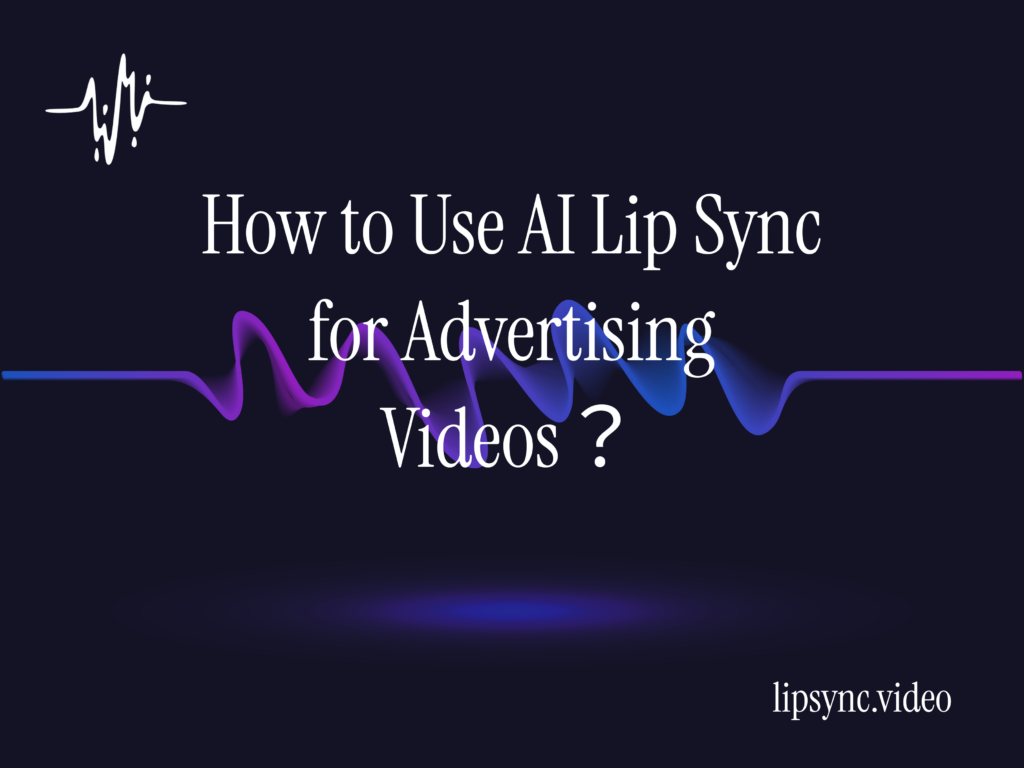6 Proven Strategies for Brand Promotion on Social Media
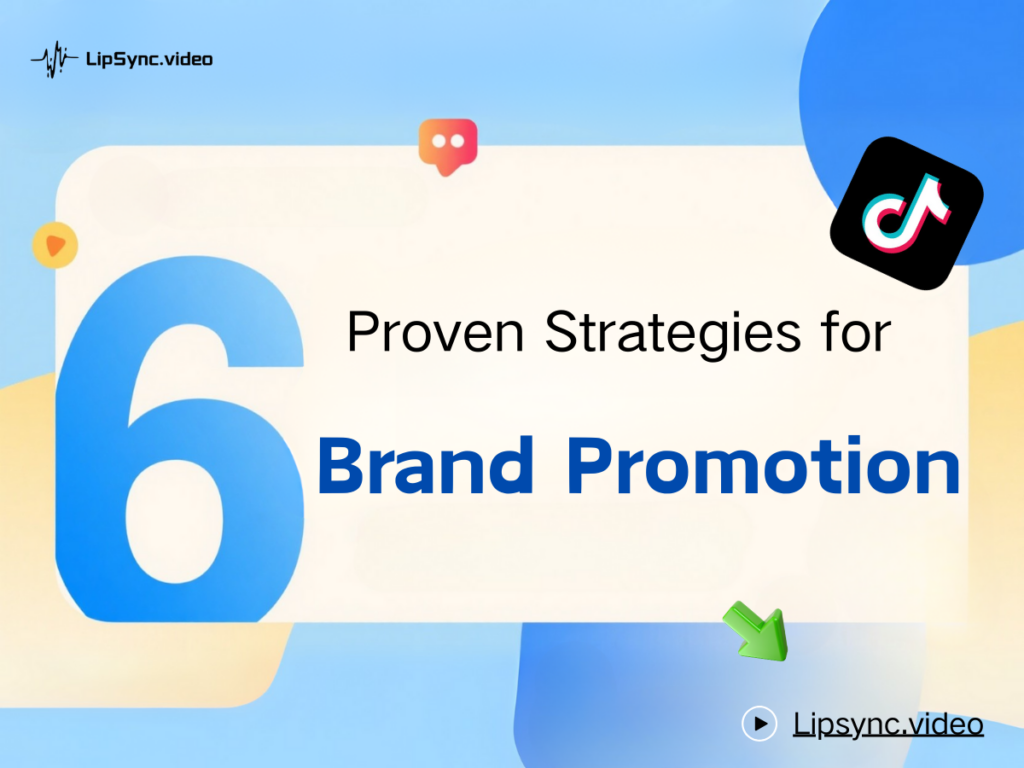
In the world of social media, going from zero to viral isn’t about luck—it’s about systematic execution. This article breaks down Brand Promotion into 6 methods: from positioning and content style to influencer collaboration, interactive tactics, UGC, and precision advertising. These strategies will help you quickly build visibility and trust on a limited budget, efficiently converting attention into growth.
Why Social Media is Crucial for Brand Promotion
Social media has become the most direct and effective bridge between brands and consumers, enabling rapid exposure and precise targeting.
The Power of Social Platforms in Brand Awareness
Social media takes advantage of important tools such as hashtags, sharing, and algorithm-based recommendations that allow your brands to reach audiences in the wider population than you currently have followers, and they share your brand messages at an unrivaled scale. Even the smallest of businesses can reach vast audiences with just one post or video going largely viral. Nike is a good example of a large company that created multiple viral marketing campaigns on Instagram, where the company’s "Dream Crazy" ad got tens of millions of views and sparked conversations globally. The platforms also capture relevant data on customer behaviors that brands can find valuable to optimize their brand promotional efforts for maximum engagement.
Common Pain Points in Social Media Brand Promotion
While social media Brand Promotion is full of opportunities, it also comes with challenges:
- Content saturation – Competing with thousands of posts daily makes it hard to stand out.
- Algorithm changes – Sudden platform algorithm adjustments can reduce organic reach.
- Audience fatigue – Overly promotional content may cause users to lose interest.
- High operational costs – Maintaining fresh content and a consistent posting frequency requires significant resources.
How to Choose the Right Media for Your Product's Brand Promotion
Not all social channels suit every product or brand, and spreading efforts across multiple platforms often leads to mediocre results.
Research User Demographics of Major Social Platforms
Below is a comparison of user demographics for key social platforms in 2025 . You can reference this based on your product’s attributes and target audience:
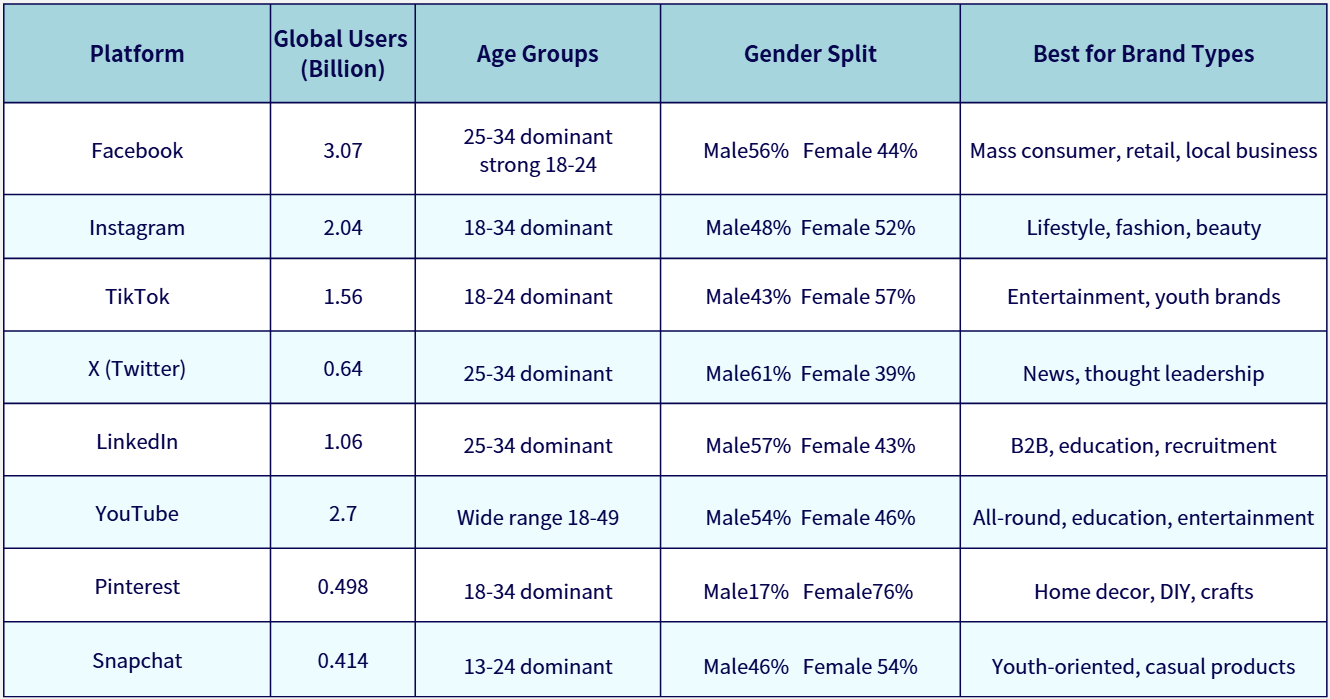
Analyze Competitors and Industry Trends
Use SimilarWeb or SEMrush to examine which social traffic sources competitor brands are getting. Also, industry reports are important—search Statista, DataReportal, or Hootsuite using “[Industry] social media trends 2025” to locate them. Combine this with X Semantic Search to analyze competitors’ social media performance and quickly identify platforms where your target users are active.
6 Effective Strategies for Social Media Brand Promotion
These six strategies will help your brand stand out on social media and achieve real growth.
Strategy 1: Create Unique and Engaging Content
To implement this strategy, you need to clarify how your product is uniquely different than your competitors' products and develop content that your target audience will engage with. Develop fun and humorous content to avoid boring promotional videos that lead to viewers dropping off. You can leverage AI Lip Syncing tools to do this. A pet food brand could develop a funny video of a dog "talking" about the benefits of the product that is completely in sync with the AI Lip Sync technology, thus creating content that is fun, engaging, and which the viewer might be tempted to share; something that is highly sought after when developing viral content.
A real-life example of this is Pedigree's ad campaign, which featured AI pet lip sync that told heartwarming adoption stories, which led to deeper engagement and memorable brand identification through the emotion of togetherness. Creative and engaging content is important because it elicits sharing and expands the organic reach of your message to customers.
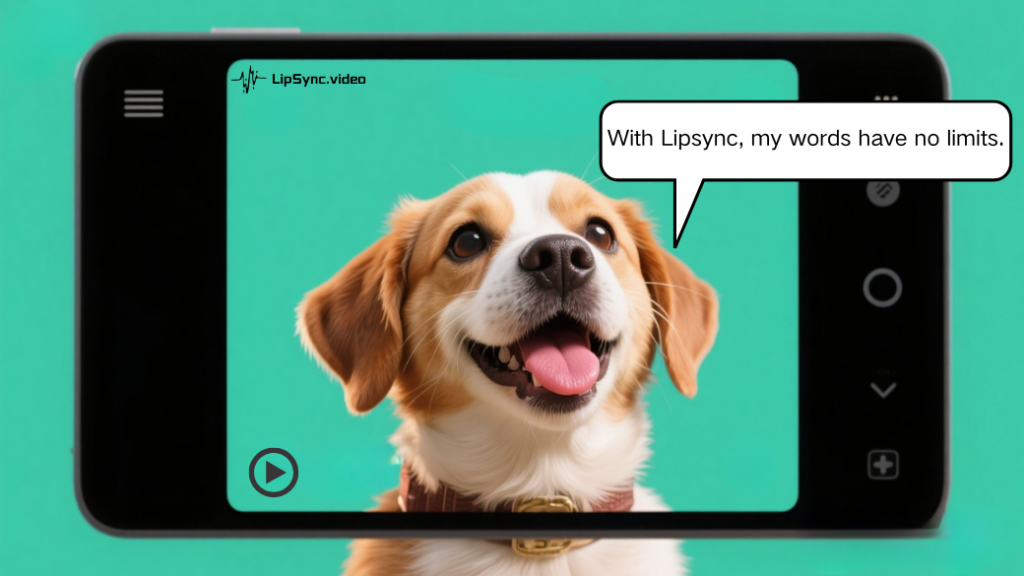
Strategy 2: Translate Videos to Expand Global Brand Influence
Removing language barriers is crucial to realizing the global potential of Brand Promotion. Brands are now leveraging AI Video Translate tools, which enable them to seamlessly dub or subtitle videos into numerous languages, to make their content more accessible to non-native speakers and maximize engagement in other markets.
For example, Nike utilized the AI Video Translate tools to localize an ad from English into Spanish, Mandarin, and French, which contributed to a 35% increase in views globally and a 20% increase in interaction in non-English speaking regions. These tools utilize AI-driven and/or human narration and translation to be as authentic and natural as possible while keeping the integrity of the brand tone, yet reaching numerous different audiences, supporting inclusivity, allowing for increased interaction, and really extending the global impact of Brand Promotion.
Strategy 3: Leverage Influencer Collaboration to Enhance Brand Promotion
Collaborating with influencers is a fast track for current Brand Promotion. They lend their knowledge and trust from their fans to acting in a particular niche, and share a brand's message in a more relatable and authentic way to a target audience. Properly choosing influencers whose values and audiences align closely with your brand is vital to maintaining authenticity and effectiveness, while avoiding doing a deal that is based solely on current popularity.
Strategy 4: Use Interactive Polls and Q&As to Engage Users
Standard information may incentivize a struggle to get a user’s attention, but interactive content successfully engages users. You can design polls, Q&As, or quirky “either/or” activities to encourage users to participate. The main goal is to make that user feel included and not only keep them busy, but to consume brand messages (e.g., product features, brand stories) actively and remember them while disengaged. Typically, interactive content sees a much higher level of engagement than static content, resulting in exponential increases in retention time and favorability towards brands.
Strategy 5: Share User-Generated Content (UGC) to Build Trust
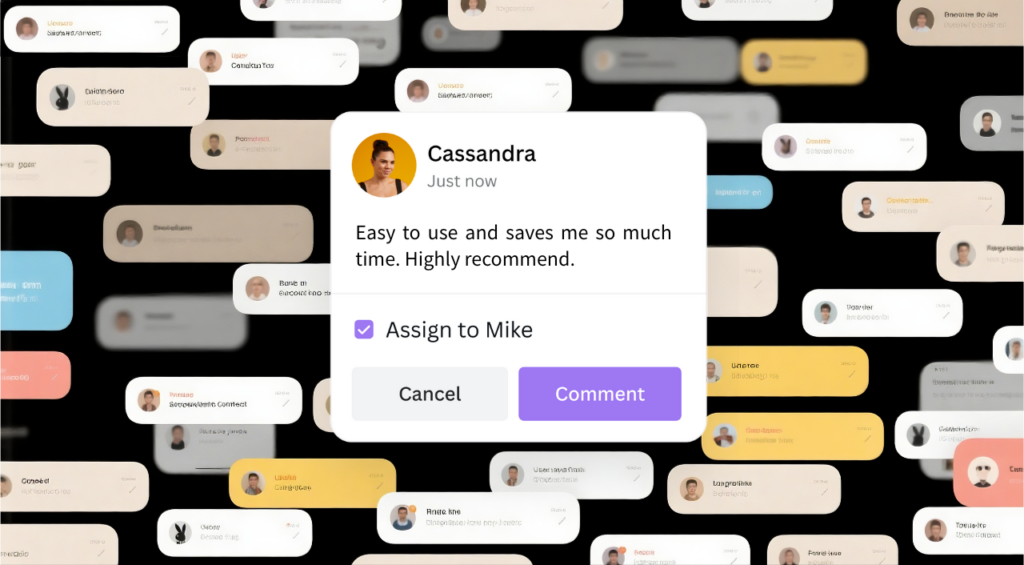
UGC is an extremely robust form of "social proof" in today's social media world. When brands share consumer photographs, usage videos, authentic reviews, or recommendations, nothing you can run as an advertisement can ever portray that level of authenticity and credibility. UGC not only illustrates the actual desirability of a product, but it also enhances trust by potential consumers and greatly improves the likelihood of purchase. Research has indicated that consumers are 7.3 times more likely to purchase a product after engaging with user-generated content. By utilizing branded hashtag campaigns or asking for content, branded hashtag campaigns can prompt more users to create and post on their own, you can build community and word of mouth about your brand, which is why it is so important for brand promotion.
Strategy 6: Run Precision Ad Campaigns to Boost Brand Promotion
Targeted paid advertisements are a way for brands to reach specific audiences in an efficient manner. Major media platforms utilize multi-dimensional targeting (e.g., interests, behavior, location) to assist advertisers in maximizing ROI. Facebook data indicates that precision-targeted ads have click-through rates that are > 30% higher than generic ads. For example, Airbnb has increased user conversion rates and brand awareness consistency in a general way and was able to quickly scale a successful global experiment with precision ad targeting. The strategy of continually optimizing ad strategies to maximize Brand Promotion results could not be more true.
Conclusion
Social media is no longer an option—it is a requirement for effective Brand Promotion. The right platforms, compelling content, and six proven methods will give brands an opportunity to have a meaningful presence in an information-dense landscape, create meaningful relationships with their audiences, and see growth that can be tracked.
